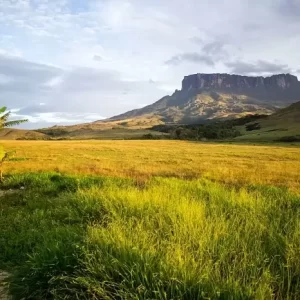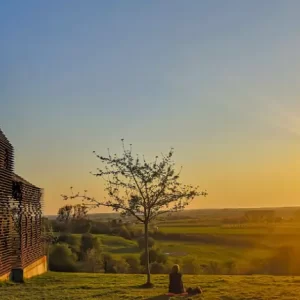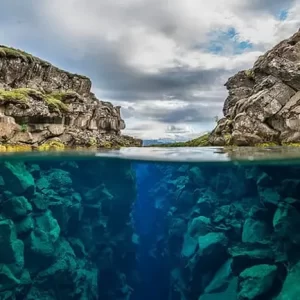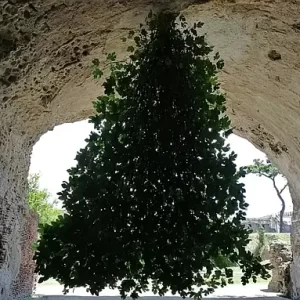Stunning images of the Amazon River and its tributaries, taken from the International Space Station (ISS), showcase the world’s largest river system from a fresh perspective.
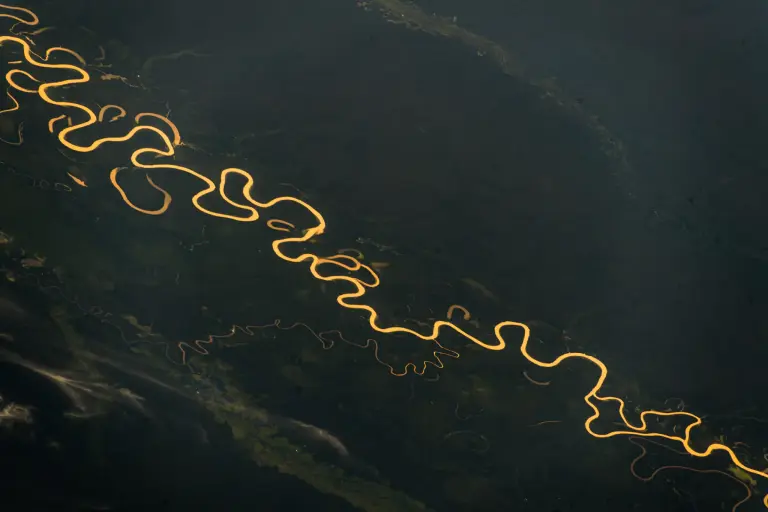
The Amazon River is one of the planet’s most remarkable and significant natural features, stretching over 4,000 miles (6,400 km) across South America and flowing into the Atlantic Ocean. It is the world’s largest river by volume, and its vast network of tributaries supports an incredible diversity of plant and animal life.
One astronaut privileged to witness the Amazon River from space is Alexander Gerst. Gerst, a German astronaut, has spent over 360 days in space, including a six-month mission aboard the ISS in 2018. During his time in orbit, Gerst captured numerous photographs of Earth’s surface, including stunning images of the Amazon River and its tributaries.
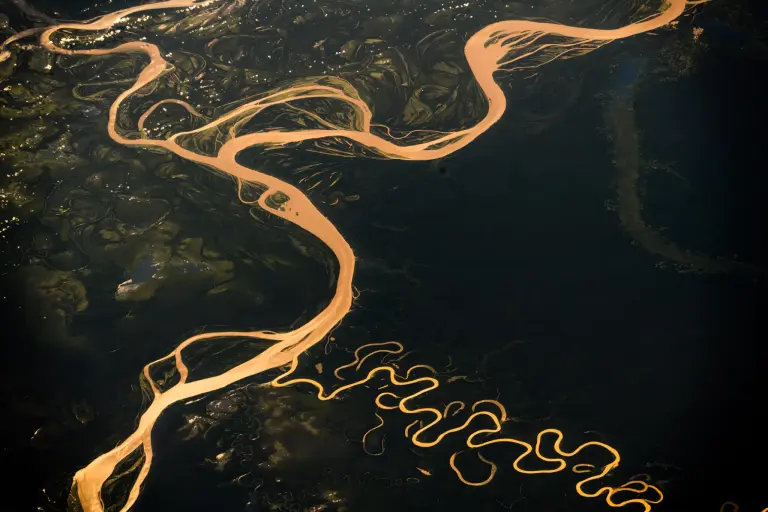
One of Gerst’s most striking photos depicts the Amazon River winding through the heart of the rainforest, surrounded by lush green landscapes. From space, it is easy to see how the river and its tributaries weave through the forest, creating a vital network of waterways essential for the survival of countless plant and animal species.
An interesting feature of the Amazon River visible from space is how its color changes throughout the year. During the rainy season, which lasts from December to May, the river and its tributaries are filled with rainwater, turning a muddy brown. This contrasts sharply with the dry season, which lasts from June to November, when water levels recede, and the river takes on a deep blue-green hue.
Another of Gerst’s photos captures the river during its seasonal transition, showing the Amazon as a swirling blend of brown and green, with streaks of blue cutting across the landscape.
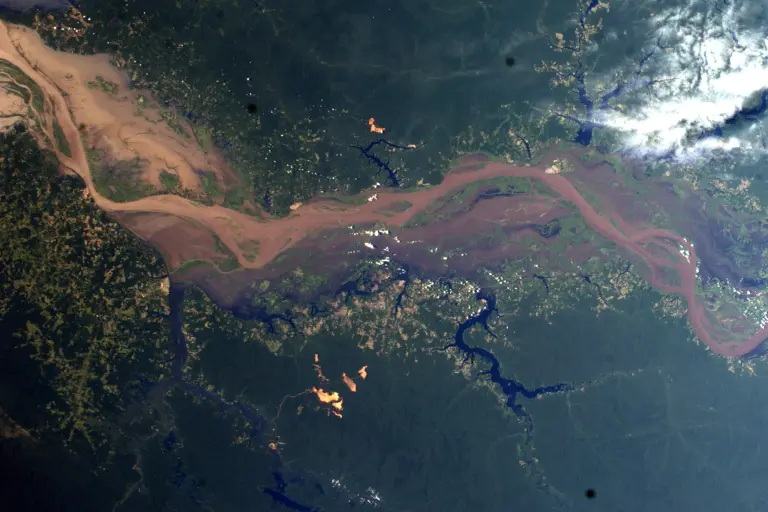
The images also reveal the impact of human activity on the region. In some areas, deforestation has left large patches of bare land, while in others, the forest remains intact. The contrast between untouched forest and cleared land is striking and highlights the importance of protecting the Amazon rainforest and its ecosystems.
The Amazon River and its tributaries play a crucial role in Earth’s hydrological cycle, with the river alone discharging an average of 209,000 cubic meters of water per second into the Atlantic Ocean. The river and its surrounding forests are also a vital carbon sink, absorbing and storing vast amounts of carbon dioxide from the atmosphere. Therefore, the increasing number of human-made clearings is a cause for concern.
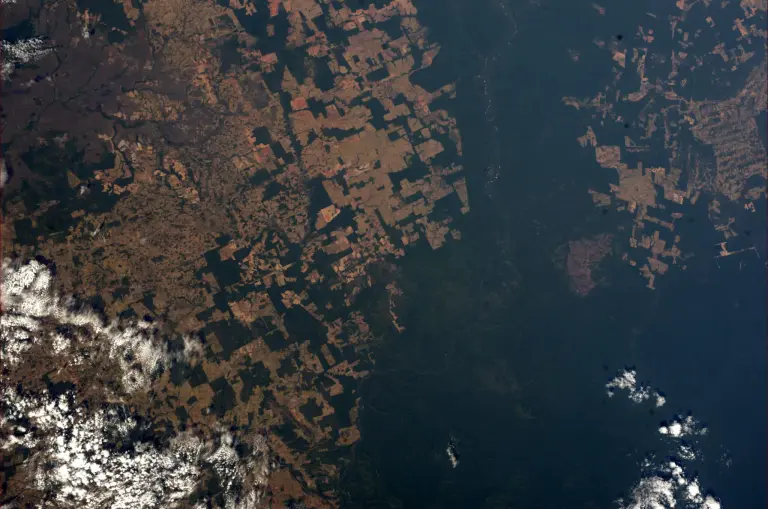
In summary, the breathtaking images of the Amazon River and its tributaries captured by Alexander Gerst from space not only provide a stunning and inspiring perspective on one of the world’s most important river systems but also serve as a reminder of the importance of preserving the Amazon rainforest and its ecosystem for future generations. Whether future astronauts will be able to capture similar images depends on us.

